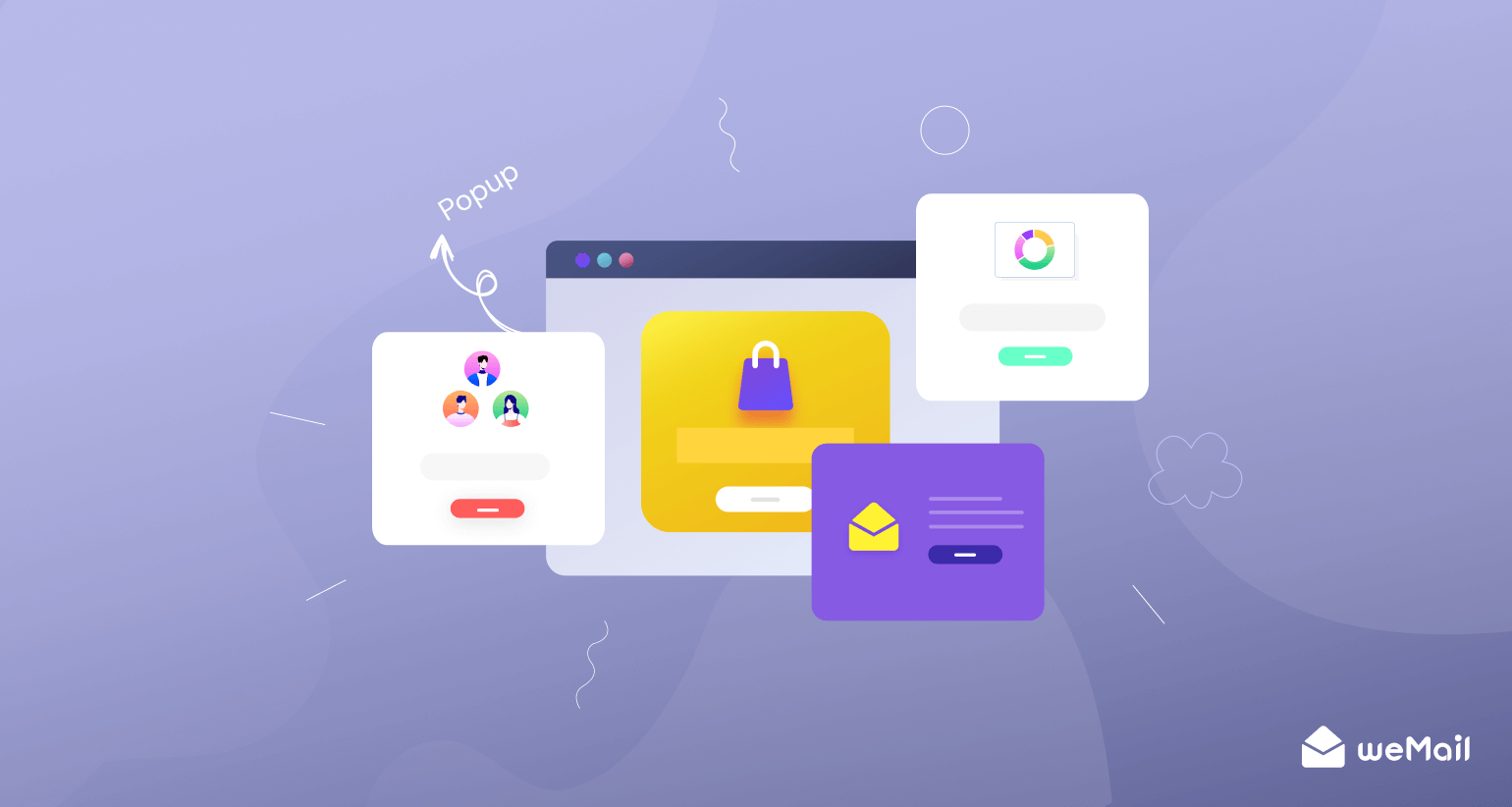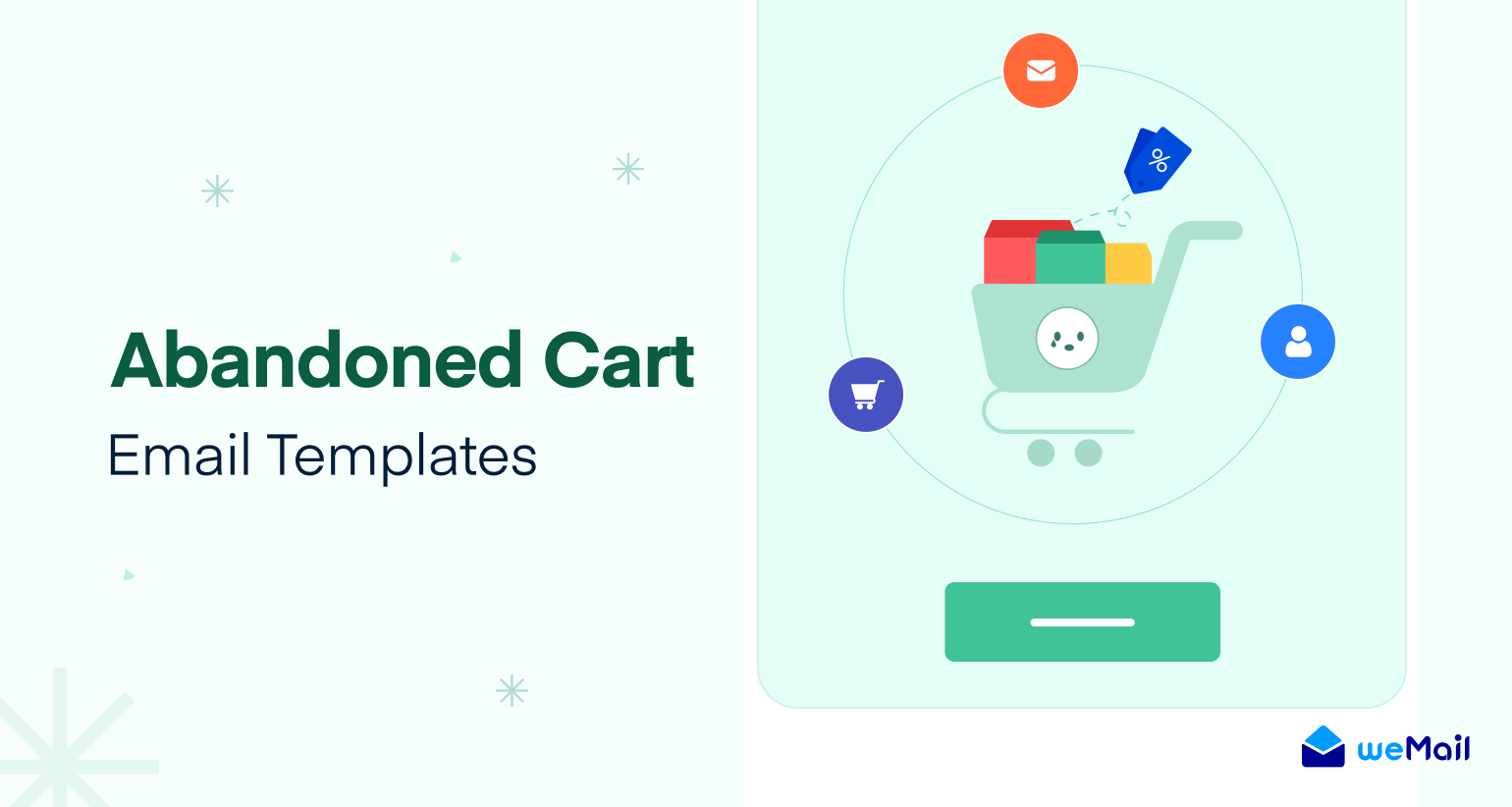7 best ways to ecommerce personalization with examples
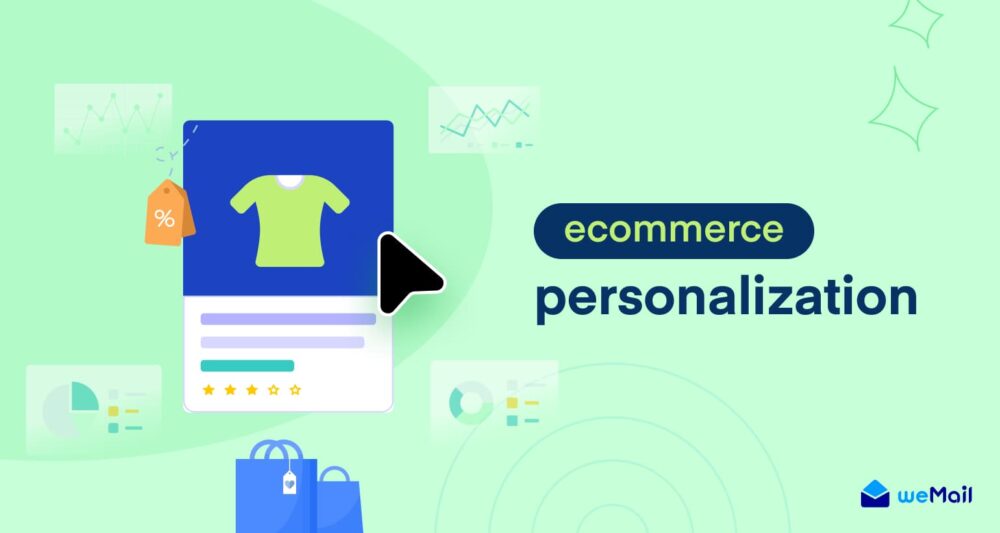
The overall revenue in eCommerce is projected to reach 4 billion in 2024. The number of users in eCommerce sites will be 3.6 billion within 2029.
Industry expert believes, that the most successful brands will flourish and win over these huge numbers who emphasize eCommerce personalization.
People love to be treated with special care, and you can only achieve this with a user experience driven by a sense of personalization.
As sales professional Joe Stern suggested, “You show them you understand their world, not just your own.”
What is eCommerce personalization?
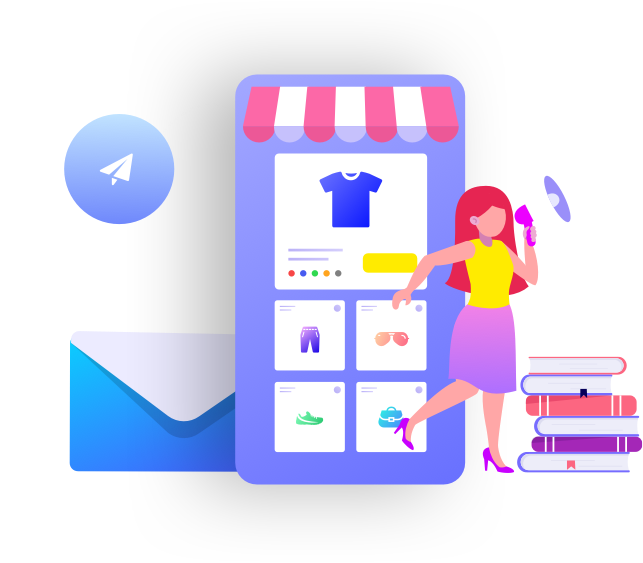
eCommerce personalization is a practice dedicated to creating or developing a customer-centric personalized experience for eCommerce users.
This personalization should be based on past user activities of your regular users, user intent, and available user information like demographics, preferences, and industry trends.
The process improves a customer journey and produces great customer satisfaction, a high retention rate, and engagement.
Benefits of eCommerce Personalization
eCommerce personalization brings multiple benefits. Once you make a customer happy after he/she leaves your site, they will likely come again and spread good word of mouth.
Eventually, you will attract new customers and retain your existing ones, achieving a sustainable brand value and higher conversion rate.
Check the following eCommerce personalization benefits to get a clear idea –
1. More conversion
Personalization means providing a guided and helpful experience to customers. It includes catering to someone following their activities, and preferences, showing them relevant product recommendations with the right offers.
A personalized landing page aims to satisfy your users’ needs, so it also reduces the bound rate because the content you curated is based on the user’s IP addresses, locations, and currency.
2. Increase Your Customer Loyalty
Creating a personalized eCommerce experience for your website increases the sense of loyalty among your customers.
For example, when you provide special discounts in a specific category or product line, a customer of this category feels special, and gonna spread good word of mouth eventually.
You can initiate reward points for the most active customers, referral bonuses, and a personalized reward system to motivate your regular users.
3. A better customer experience
When you design your site to improve a customer’s experience with your brand, you will provide a more focused product recommendation, an easy checkout process, simple navigation, and interactive CTAs.
This improves your overall customer experience, and you will improve continuously.
4. Higher average order value
eCommerce personalization lets you cross-sell and upsell more products than usual.
Whenever a customer purchases something, you can show them relevant product recommendations, and give them enough reason to purchase more items in the same shopping cart. This eventually gonna increase your average order value (AOV).
How to Implement Personalization in Your eCommerce
Plan for what it is difficult while it is easy, do what is great while it is small.
Sun Tzu
When you are at the beginning of eCommerce personalization, your game is to plan something easy to achieve, and measurable.
Growing to more conversion, and gaining a high retention rate is difficult, but when you have a proper set of strategies in the initiative stage, you are gonna be a mile ahead of your competitors.
Here are some of the proven tactics to implement personalization in your eCommerce site –
1. Utilizing converting product detail page recommendation
After analyzing user-centric data, you can utilize your product detail page on an eCommerce site, and inspire customers to purchase similar items.
Many established eCommerce brands like Alibaba or Amazon follow this tactic and get winning results.
It would help if you implemented user analytics to automate more personalized product recommendations following categories or bands.
With a targeted product recommendation page, you can influence your customer’s decision-making process and guide them to make the best decision.
Here’s an example of an intelligent PDP (Product Recommendation Page) –
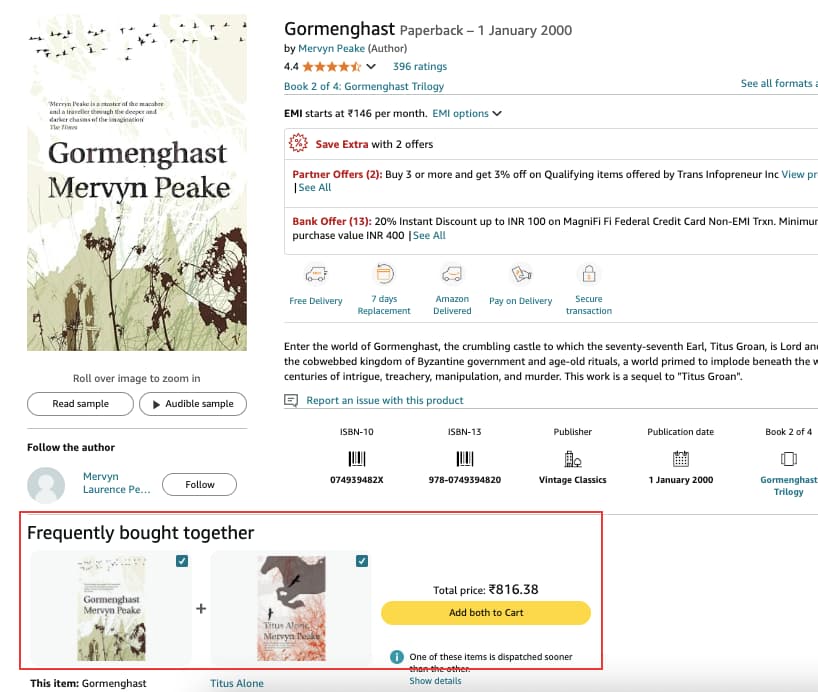
Besides Amazon, most top eCommerce stores suggest similar product recommendations to sell more items. A highly converting product recommendation plays a big role in accomplishing this goal.
2. Display Continuous shopping for your returning audience
This tactic works quite similarly to ‘abandoned cart’ email or notifications. Whenever a customer adds a product to the cart or clicks on it to see it in detail, you should track this data.
After that, once they come back to your online store, show those products they showed interest in earlier.
If you visited eBay and visited a product page, you will see this type of reminder in the following form –
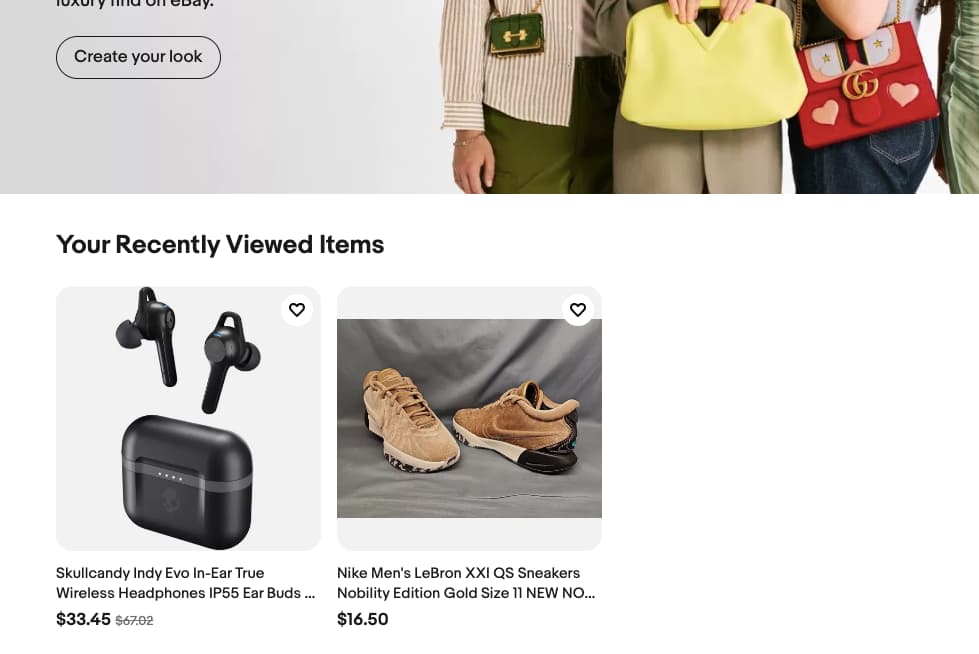
With hundreds of thousands of products and categories, ‘continue shopping’ or ‘your recently viewed items’ helps a potential customer to complete his purchase, or surely, it’d gonna make a good impact on his/her purchase decision.
3. Display your eCommerce store with UGC
User-generated content (UGC) is 20% more effective than any other media in influencing millennials’ shopping. (inbeat)
It’s a natural process where your customers share photos or their written feelings in social media, and show enthusiasm towards your brand.
People love a good word of mouth, and UGC itself is more than that.
If you can generate good buzz among your audience, you will get UGC occasionally. Also, it would be best if you inspired them to share their feelings on social media, in return, you may offer incentives or a token of gratitude in the form of a coupon code.
Let’s check out the following example of Proactive, a skincare brand that sell multiple ranges of skincare products.
On their homepage, Proactive displays the following user images and reactions after using one of their products.
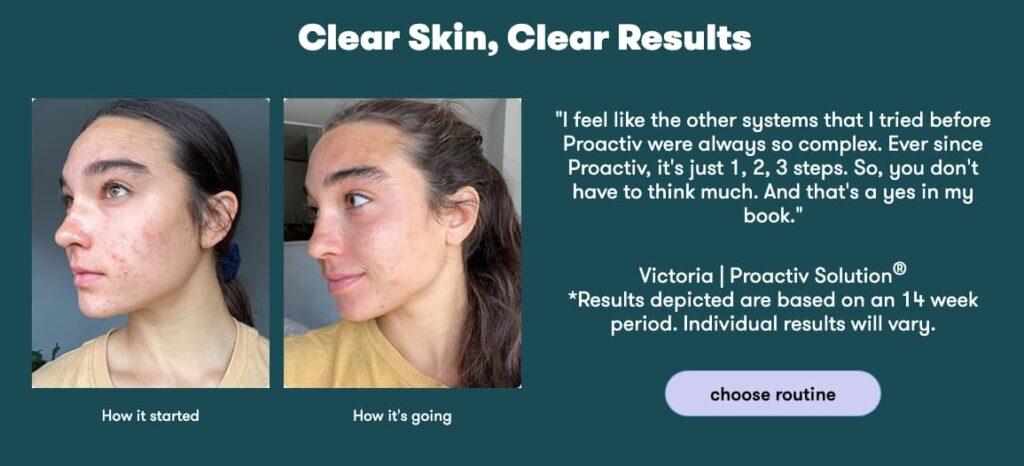
Why does anybody need to boast of your product features when they get a chance to see other customers’ experiences? That’s why UGC works big time for many brands.
4. Create best-seller lists and promote them
People tend to be drawn to popularity. If a product becomes popular, it’s likely going to sell even more.
As customers look for good reviews before purchasing something, an established popularity fills in here, because when a product or brand is loved by many people, it signals social acceptance. Which usually ensures a potential customer to go for that particular product.
So, how can you utilize popular products to increase the number of your overall conversions?
Creating bestselling categories and products is a way to motivate users, and create an influence to guide them to those popular categories.
5. Use the spin-to-win wheel and offer incentives
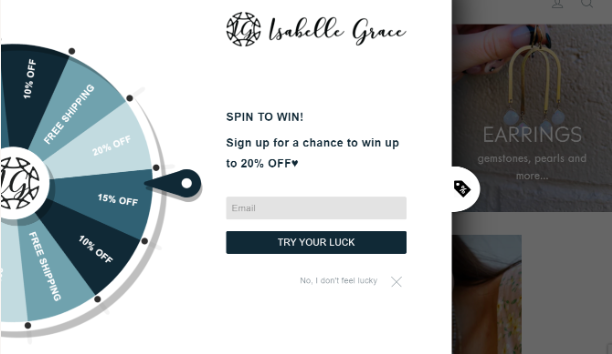
Isabelle Grace is a jewellery shop. They applied a spin-to-win offer to encourage their customer where offers range from free shipping to 20% discounts.
Gamification is an age-old technique in marketing, and a spinning wheel brings fun to the board.
You can do the same, especially for your first-time audience.
Personalized offers need behavioral data, with a spinning wheel, you can ask users their email addresses, or request them to take part in a survey.
Whenever they convert once, you will be able to get their activity data and create a more personalized eCommerce experience.
6. Implement social media retargeting
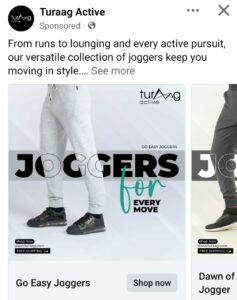
I was browsing a local fashion brand to buy a jogger. And, after I left the site, get the above sponsored ad only within an hour. Surely, it does have an impact, a good one.
It’s not a tactic you can implement for free, you need to spend money for paid advertisement. Usually, most eCommerce spend a hell lot of money for social media ads. What we can suggest to you is to spend the money with a clean and proven strategy.
Most users who come to your site, and lost on the horizon – should you be so callous and not even care for their return?
You can analyze user data, and utilize personalized information like timing of visits, locations and timezone, behavior, and other activity insights and design your social media advertisements by implementing those personalized data.
Retargeting social media ads is likely to bring back your audience who once visited your site, and never come back.
As acquiring new customers is always more expensive than retargeting, you should make your social media worth the shot.
7. Automate email sequence empowered with personalized data
One of the biggest benefits of email marketing automation is its ability to cater audience to accomplish the sender’s goal. You can send welcome email sequences, abandoned cart emails, or birthday emails to send personalized incentives with automation.
Here are three types of automated email campaigns you should send to your eCommerce subscribers –
a. Abandoned cart email
An abandoned cart email probably is the best way to bring back your potential customers and increase your conversion rate.
Check out the following example of Rudy’s abandoned cart offer –

It’s proven that a well-designed incentive often inspires users not only to complete the checkout, it also increases the possibilities of further purchases.
Read more: Abandoned cart email strategy
b. Follow-up email
Sending a follow-up email shows your enthusiasm to build e better customer relationship. Whenever someone makes a purchase, a follow-up email evokes the idea of care and promise of post-purchase service.
As an eCommerce owner, you should ask users whether they are happy with the product, and if they have any suggestions to bring further improvement.
c. Re-engagement message
Win-back/re-engagement emails have a success rate varying from 14 to 29% (Aweber). Which is comparably astonishing to any types of email marketing campaign.
When someone makes a purchase and never comes back, it is considered a loss of further possibilities. If you sent a re-engagement email campaign, the chance is high that you will be achieving more conversion than usual, and grow your active user list.
Also read: How to Create a Game-Changing Re-engagement Email Campaign
Take a look at this re-engagement email from Urban Clothing –
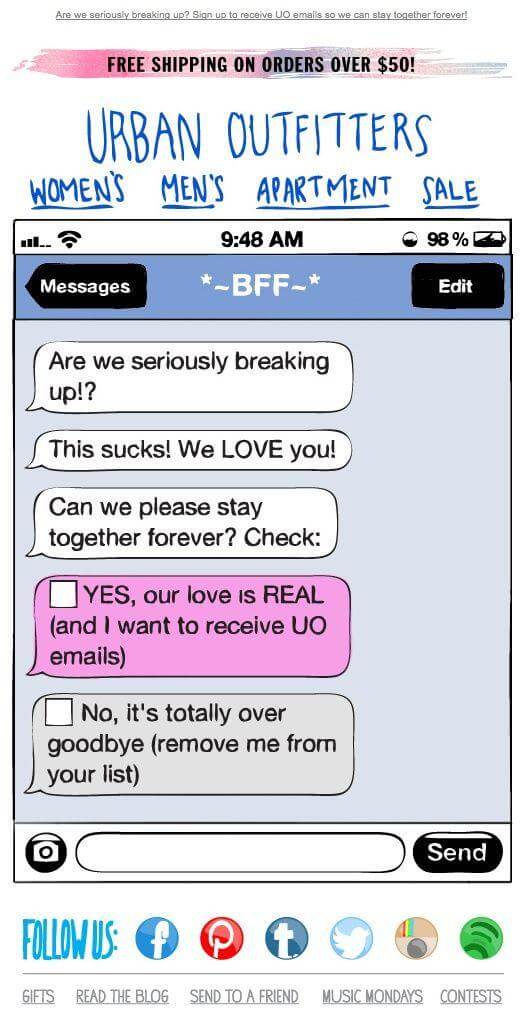
The design is fun, heavily interactive, and the body copy successfully evokes a personalized feeling. If you create something like this, surely this type of email campaign gonna bring back your lost customers.
Let’s build a dynamic eCommerce personalization strategy
Personalization remains a winning factor for eCommerce for a long time, and the trend is always evolving.
If you want to implement hyper personalized strategy for your online store, the game is simple: build a dynamic set of strategies, keep innovating, implement, and improvise.
We believe the aforementioned tips gonna help you to be more successful ecommerce personalization. For further improvement, check out these proven tips for eCommerce conversion rate optimization.
